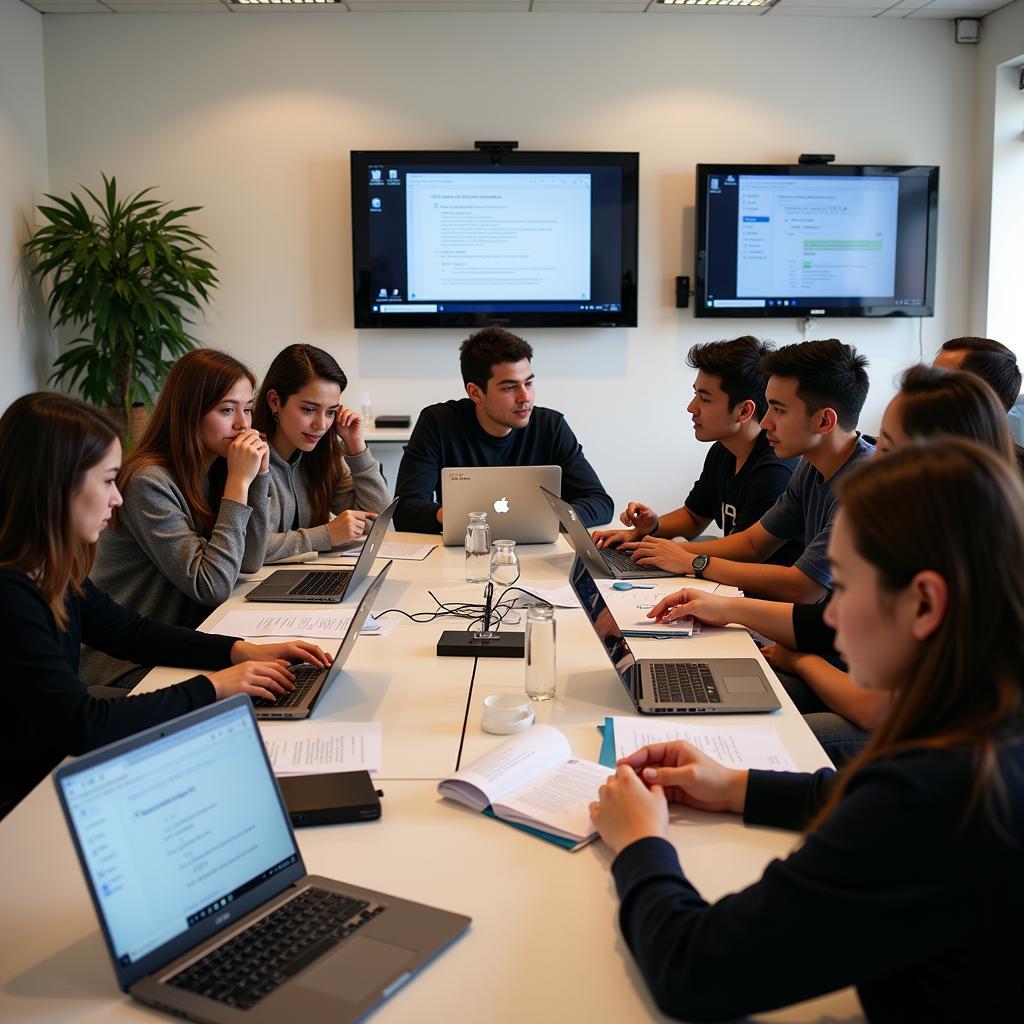The Mekong River, a lifeline for millions across Southeast Asia, is facing a growing crisis. The region’s rapid economic development has fueled a surge in hydropower dam construction, with significant environmental and social consequences. This article delves into the complex relationship between ASEAN and the Mekong River, exploring the multifaceted impacts of dam development and examining its implications for the region’s future.
The Mekong River: A Vital Ecosystem Under Stress
The Mekong River, the largest in Southeast Asia, is a vital ecosystem supporting an incredible diversity of flora and fauna. It provides livelihoods for millions of people through agriculture, fishing, and tourism. However, the Mekong is facing immense pressure from a multitude of factors, including deforestation, pollution, and most notably, dam construction.
The Rise of Hydropower Dams in the Mekong Basin
The Mekong region has witnessed a dramatic increase in hydropower dam construction over the past two decades. Driven by energy demands and economic aspirations, countries like China, Laos, and Cambodia have embarked on ambitious hydropower projects. While these projects promise economic benefits, they come at a significant cost.
The Environmental Impacts of Mekong Dams
The construction of hydropower dams across the Mekong River has far-reaching environmental implications. These include:
- Disruption of Sediment Flow: Dams trap sediments, which are essential for maintaining the Mekong’s fertile floodplains and replenishing downstream ecosystems. This disruption can lead to erosion, reduced water quality, and habitat loss.
- Alteration of River Flows: Dams alter the natural flow of the Mekong River, impacting fish migration, water availability for irrigation, and the overall health of the ecosystem.
- Increased Flooding and Drought: Dams can increase the risk of flooding in downstream areas during the rainy season and exacerbate droughts during the dry season.
- Loss of Biodiversity: Dams fragment habitats and alter the water conditions, leading to the decline of fish populations, including endangered species like the Mekong giant catfish.
The Social Impacts of Mekong Dams
The construction of hydropower dams also carries significant social consequences, impacting the lives of communities living along the Mekong River. These impacts include:
- Displacement and Resettlement: Dam construction often requires the displacement of local communities from their ancestral lands, disrupting their livelihoods and cultural practices.
- Reduced Access to Resources: Dams can restrict access to fishing grounds, agricultural lands, and other vital resources for local communities.
- Increased Conflict and Tensions: The competition for water resources and the potential for negative impacts from dams can lead to conflicts and tensions between communities and governments.
ASEAN’s Role in Mekong Dam Development
ASEAN, the Association of Southeast Asian Nations, plays a pivotal role in managing the Mekong River. The organization has established mechanisms for regional cooperation and coordination, aiming to promote sustainable development and protect the Mekong’s ecosystem.
However, ASEAN’s efforts are often hampered by conflicting interests among member states and the complexities of international governance. While some countries actively promote sustainable hydropower development, others prioritize economic growth, potentially overlooking the long-term environmental and social consequences.
The Future of the Mekong River: Balancing Development and Sustainability
The Mekong River faces a critical juncture. Continued hydropower development threatens to irreversibly damage the ecosystem and disrupt the lives of millions. To ensure the long-term sustainability of the Mekong, ASEAN and its member states must prioritize:
- Prioritizing Environmental Protection: Stringent environmental impact assessments and ecological monitoring are essential to minimize the negative impacts of hydropower development.
- Promoting Sustainable Hydropower Development: Investments in low-impact hydropower technology and alternative renewable energy sources are critical to reduce dependence on large dams.
- Enhancing Regional Cooperation: Collaborative efforts are crucial for managing the Mekong River effectively, including joint planning, information sharing, and conflict resolution.
- Engaging with Local Communities: Incorporating the voices and needs of local communities in decision-making processes is vital to ensure equitable and sustainable development.
The Importance of Collective Action
The future of the Mekong River hinges on collective action. ASEAN member states, international organizations, and civil society must work together to promote sustainable management, protect the environment, and ensure the well-being of the communities that depend on this vital waterway.
FAQ
Q: What are the main concerns regarding hydropower dam construction in the Mekong region?
A: The main concerns include the disruption of sediment flow, alteration of river flows, increased flooding and drought, loss of biodiversity, displacement of local communities, and reduced access to vital resources.
Q: What are the potential consequences of dam construction for fish populations in the Mekong?
A: Dams can block the migration of fish, alter their habitat, and disrupt their breeding cycles, leading to declines in fish populations, including endangered species.
Q: How does ASEAN contribute to the management of the Mekong River?
A: ASEAN has established regional mechanisms for cooperation and coordination, aiming to promote sustainable development and protect the Mekong’s ecosystem.
Q: What are some alternative solutions to hydropower dam construction in the Mekong region?
A: Alternative solutions include promoting low-impact hydropower technology, investing in renewable energy sources like solar and wind power, and improving energy efficiency.
Q: What role do local communities play in ensuring the sustainable management of the Mekong River?
A: Engaging with local communities and incorporating their voices in decision-making processes is essential for ensuring equitable and sustainable development.
Q: How can individuals contribute to protecting the Mekong River?
A: Individuals can contribute by supporting organizations working on Mekong conservation, promoting sustainable consumption patterns, and advocating for responsible management of the river.
Q: What are some resources for learning more about the Mekong River and its challenges?
A: Several organizations, including the Mekong River Commission, WWF, and the World Bank, provide information and resources about the Mekong River.
 Mekong Dam Construction: Impacts on Local Communities
Mekong Dam Construction: Impacts on Local Communities
This article explores the relationship between ASEAN and the Mekong River, highlighting the challenges posed by hydropower dam development and the need for collective action to ensure the river’s future. By prioritizing environmental protection, promoting sustainable hydropower development, and fostering regional cooperation, ASEAN can work towards a future where the Mekong River continues to thrive as a vital lifeline for the region.


